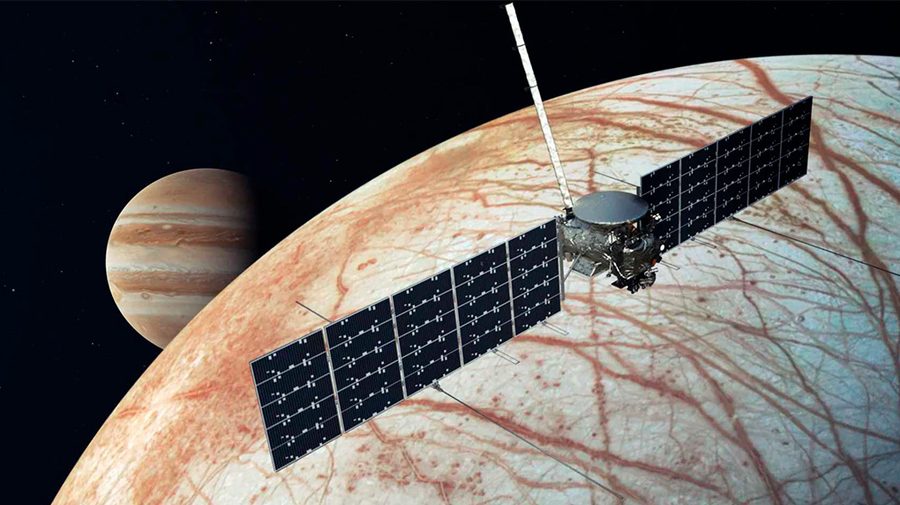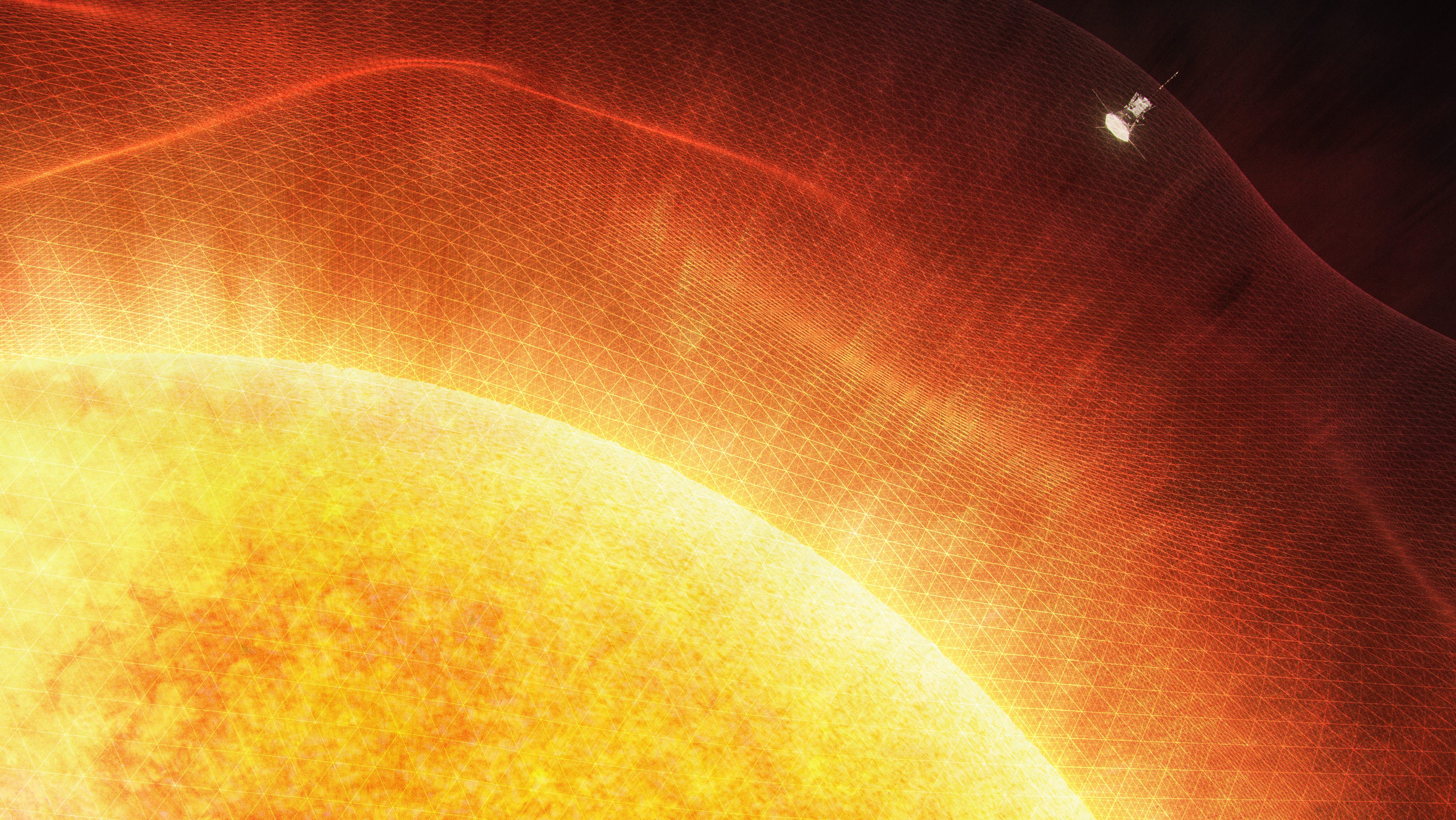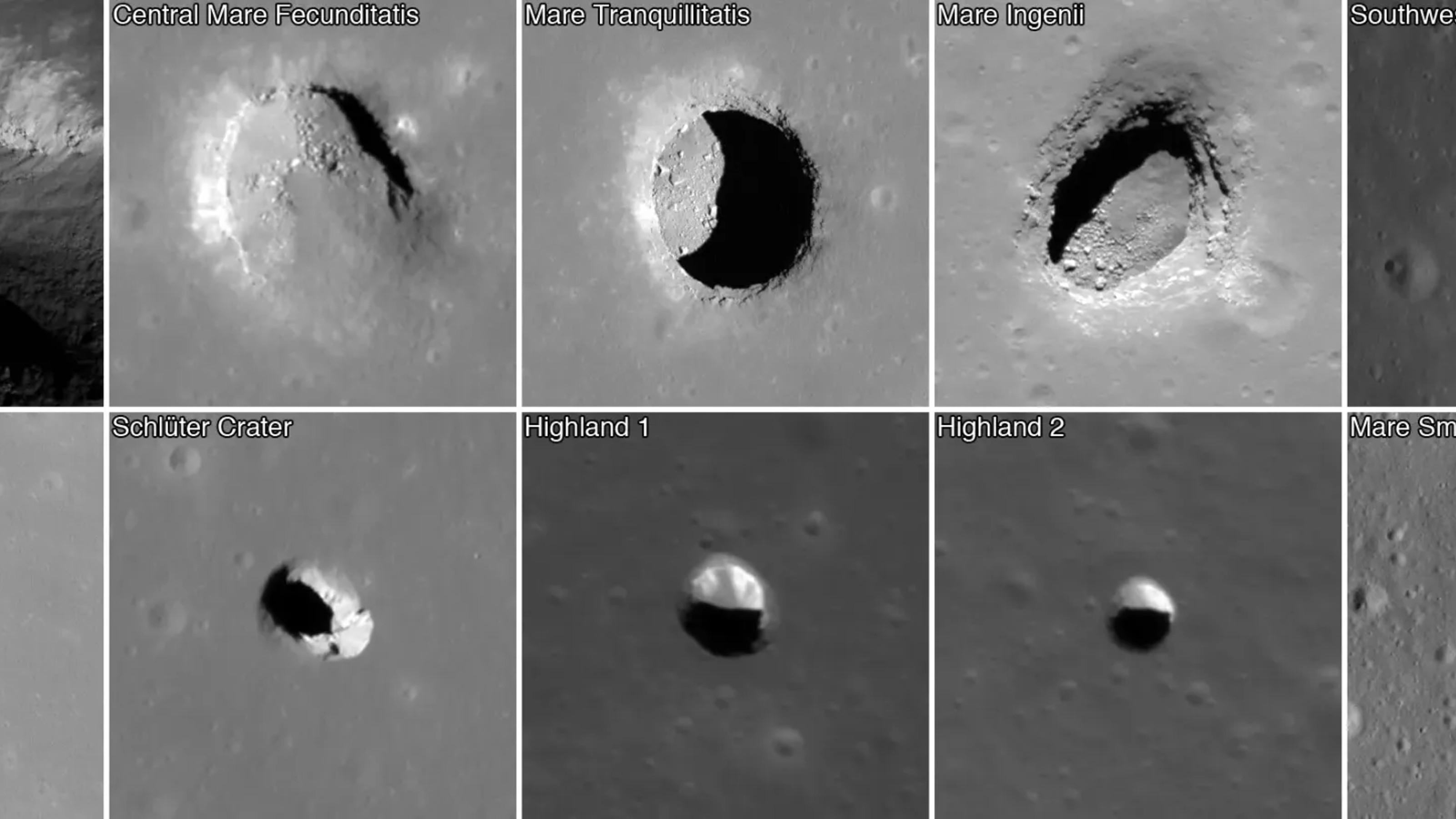On earthquakes, eruptions and the Moon

Note: I wrote this before the M8.9 earthquake in Japan last night. Remember, the earthquake occurred on March 11-12, not March 15 or March 19, the dates of these so-called astronomical events. You can’t call for increased activity on a certain date and then lay claim to every event for weeks before and after – that is fitting the data to your model. Most likely, this new earthquake was triggered – or at least foreshadowed – by the M7.2 earthquake earlier this week. These earthquakes are all normal operations in subduction zones: when that stored energy is released, large earthquakes can occur, with or without the “help” of the moon.
Remember, if you can, donate to the Red Cross to help the regions hurt by the earthquake and tsunami.
——
I’ve had a number of questions lately about a couple of events coming up this month astronomically and how they might effect geologic events – namely earthquakes and volcanoes – on Earth. I can tell you right now, without much doubt, that the answer, even before I tell you the question, is very, very little.
Now, the questions: (1) How will the close passage of Comet Elenin and Earth cause geologic catastrophes on March 15 and (2) How will the so-called “Supermoon“, a full moon when the moon is closest to Earth in its orbit, cause geologic catastrophes?
I know there has long been a desire to show about the gravitational resonance of planets/comets/asteroids/the sun might play a role in Earth’s geologic activity – and with some logic. We see the interaction of the Earth’s surface with the Moon’s gravity (and to some extent the Sun’s) with the tides in the oceans. Water has low viscosity so the tidal tugging of the moon as it rotates around the Earth sloshes the oceans back and forth to create our tides. One could imagine that the Earth’s crust/mantle/core might feel some of that gravitational interaction as well – and they do. John Vidale, a seismologist at the University of Washington, mentions that during full and new moons – when the moon is oriented between or opposite the Earth and the sun – there is potentially as much as a 1% increase in earthquake activity worldwide (and a slightly higher effect on volcanic activity). Let me repeat that: 1%. In any natural, geologic process that is mostly distributed randomly through time like earthquakes, 1% or there about is well within the “noise” of processes, so would these alignments produce much of a discernable increase? Probably not and this is with the two bodies that play the largest role in tidal forcing on Earth. There are other studies that suggest that this tidal tugging and pulling can cause small shifts in fault systems like the San Andreas, but one might argue that the moon is, in fact, “passively” releasing seismic energy on the fault, thus preventing or delaying large earthquakes! Trying to say that any other astronomical body might, even in some specific alignment, might cause more than a 1% increase in the chance of activity is remote at best.
Some of the so-called evidence for this moon-earthquake relationship is specious at best. From a National Geographic article on the “lunar connection” back in 2005: “At least two major quakes may support [James A.] Berkland’s theory. The December 26, 2004, magnitude 9.1 in Sumatra, Indonesia, occurred on the day of a full moon. Likewise, the March 27, 1964, magnitude 9.2 earthquake in Alaska occurred on the day of maximum high tide. According to Berkland, such correlations are more than coincidences. They demonstrate a true connection between the moon and earthquake activity.” First off, two earthquakes coinciding with full moons is hardly scientific, statistically-sound evidence. How many “large” earthquakes (and who defines that anyway?) occur when it isn’t a full moon? And how many full moons have we had when there wasn’t a “large” earthquake? I’ve said this before, but it is an easy trap – correlation does not mean causation. Full moons happen 12 (maybe 13) times a year, so if you randomly sprinkle earthquakes through time, many large ones are bound to coincide with the full moon. USGS seismologist Dr. John Bellini followed up on Berkland’s theories: “Bellini questioned the scientific validity of Berkland’s predictions. He said they appear to be “self-selected statistical analysis of historical seismicity rates and are so vague in time and location that they are certain to be correct.”
Now, as for the Moon’s relative position to Earth and its effect, the Moon when it is at least closest is 356,401 km from the Earth’s surface and at its furthest, it is 406,700 km (with an average distance of 384,401 km. That is a difference of ~50,300 km ~ in other words, when the Moon is closest to Earth, it is ~12% closer than it is at its furthest. Newtonian physics tells us that the attraction between the Earth and the Moon is dictated by F = GM1M2/R2, where M1 and M2 are the masses of the Earth and Moon, G is the gravitational constant and R is the distance between the two bodies. Even a ~12% change in that value means that the force of gravity, in Newtons, only changes by ~30% at maximum (and only ~11% difference from average), a change that happens gradually as the Moon moves around its orbit. We see this fairly small change with different sized tides, but even those changes are not “disastrous”. When you consider the energy needed to move tectonic plates (or even the oceans), this change in gravitational energy from the Earth-Moon system is small. Remember, that the Moon is at its closest once a month, so just because it happens during a full moon doesn’t mean that the gravitational pull from the Moon is any stronger than it would be at any other perigee. Remember, the Moon reaches perigee every month and you don’t see massive earthquakes and eruptions every time this happens.
Some planetary bodies do see a profound effect of tidal forces. The moons of Jupiter areconstantly being tugged by the high gravity of Jupiter as the whiz around the gas giant. You can see that constant, frictional energy being imparted on the rocks of the moons in the relative geologic activity on the Galilean satellites – closest to Jupiter lies Io (at ~420,000 km), the most volcanically active body in the solar system. It gets tugged by a force 300% more than the Moon pulls on Earth. Next comes Europa (at ~664,000 km), where there are suggestions that liquid or slushy subsurface water exists due to tidal heating. Ganymede and Callisto, even further from Jupiter, show much fewer signs of liquid water or extensive tidal heating. The gravity of Jupiter is the direct cause for the geologic activity on these small planetary bodies.

The lava flow from the Kamoamoa Fissure snaking around an old crater on Kilauea, as seen on March 10, 2011. This eruption did not start during a full/new moon. Image courtesy of HVO/USGS.
As I mentioned before, this sort of “correlation” of astronomical alignments and geologic disasters have been predicted before – with results that were coincidental at best. Back in 2006, there was rampant speculation about how a full moon was going to trigger an eruption of Mayon in the Philippines … and it didn’t. In a USGS article about volcanoes and the moon, they make the point that it does appear that activity at some volcanoes, like Kilauea, are effected by lunar cycles – however, this does not mean that an eruption at any specific volcano worldwide can be predicted using lunar cycles. There are just too many other variables, so unless the volcano is already erupting, such as Kilauea (see above from an eruption that didn’t start on a new/full moon), don’t expect the Moon to bring volcanoes to life. Even if the volcano is predisposed to be close to eruption (and even defining that is difficult), there is no data to support this (to borrow a quote from a paper that Chris Rowan’s uses in a post on the subject): “We found no conclusive evidence for a general correlation between volcanic activity and lunar tidal phase. This result is consistent with recent work which indicates that diurnal and fortnightly tidal stresses may be too short-lived and strain rates too high to effect a significant viscous response in partially molten regions of the Earth’s subsurface.” (Mason et al., 2004). During this Mayon hype in 2006, Phil Plait also took on these predictions and points out the biggest flaw with many of these “correlations”: “It’s small number statistics, like flipping a coin three times and having it come up heads each time. It’s rare, but it does happen on average one out of every eight times. You need bigger samples to get good statistics.” Science requires data that can show a valid correlation, not picking what fits best to your ideas. UPDATE: Phil takes on the “Supermoon” as well.
If anything, we should be concentrating on terrestrial forcing for “predicting” earthquakes. It could be that changes in the stregth of the Earth’s magnetic field, due to the thickness and composition of the Earth, but might help find earthquake-prone locations. A study in Science by Song and Simons from 2003 examined the gravity anomaly (how much the gravitational field from the Earth varies from the norm) along a subduction and then compared it to a long historical record of seismicity. It found that “within a given subduction zone, areas with negative gravity anomalies correlated with increased large earthquake activity. Areas with relatively high gravity anomalies experienced fewer large earthquakes.” However, how we can use the changes in gravity anomaly to predict earthquakes is still very unclear.
So, what can we take away from all this?
Top left: The moon. It’s friendly, really.





